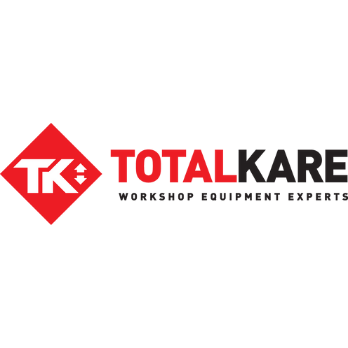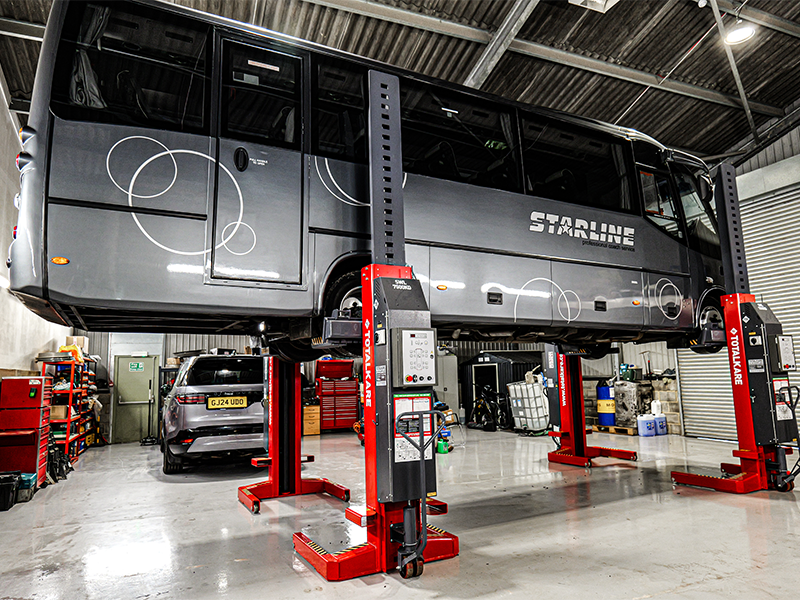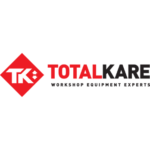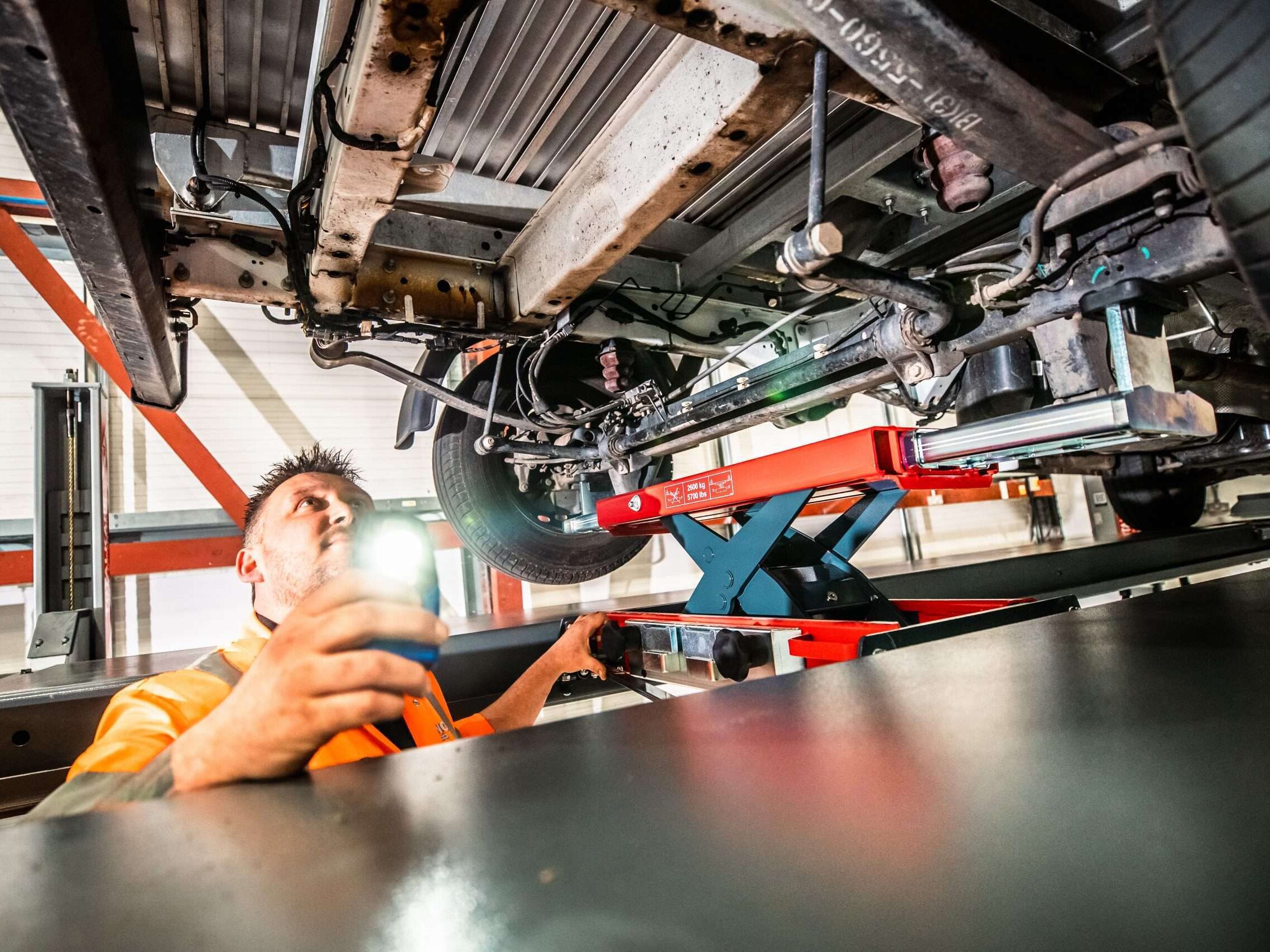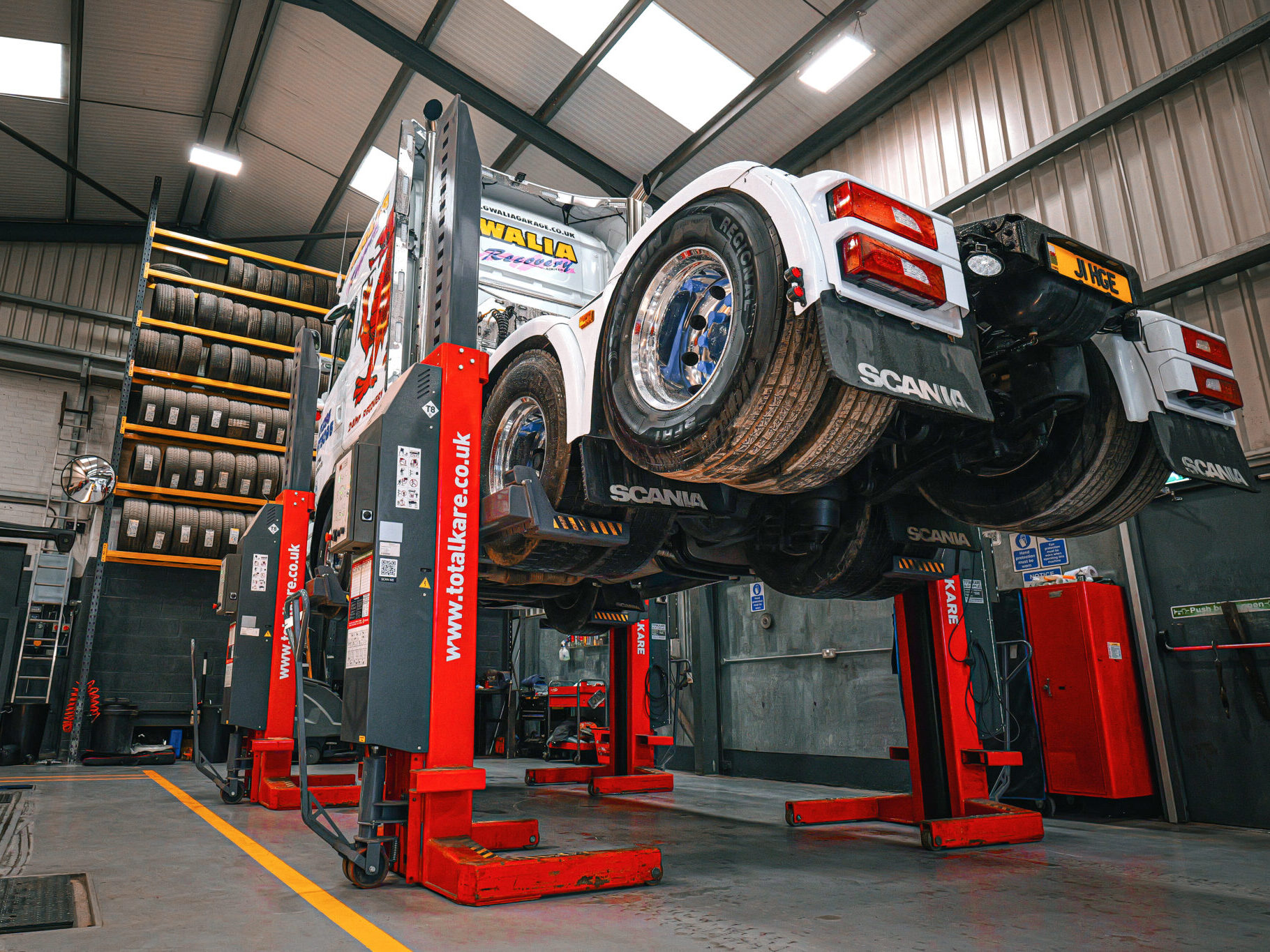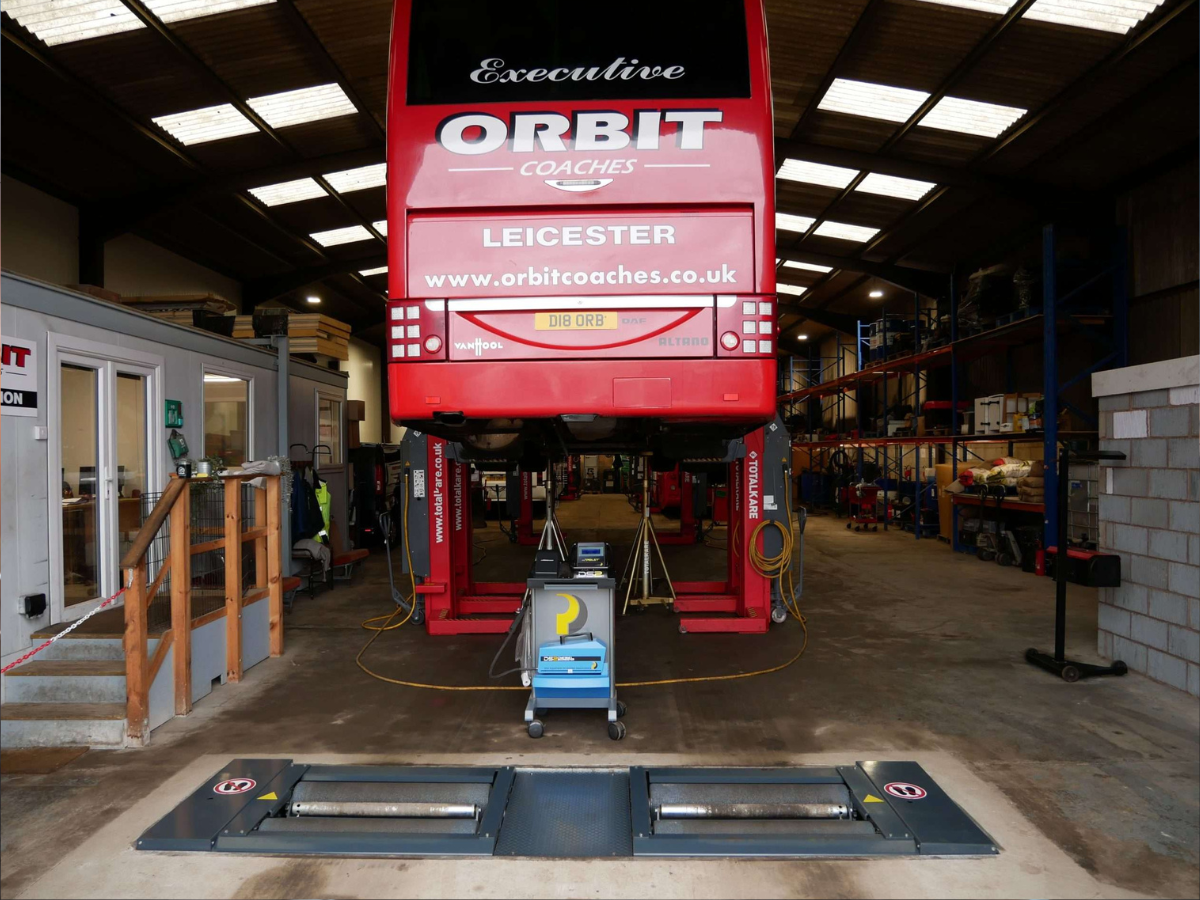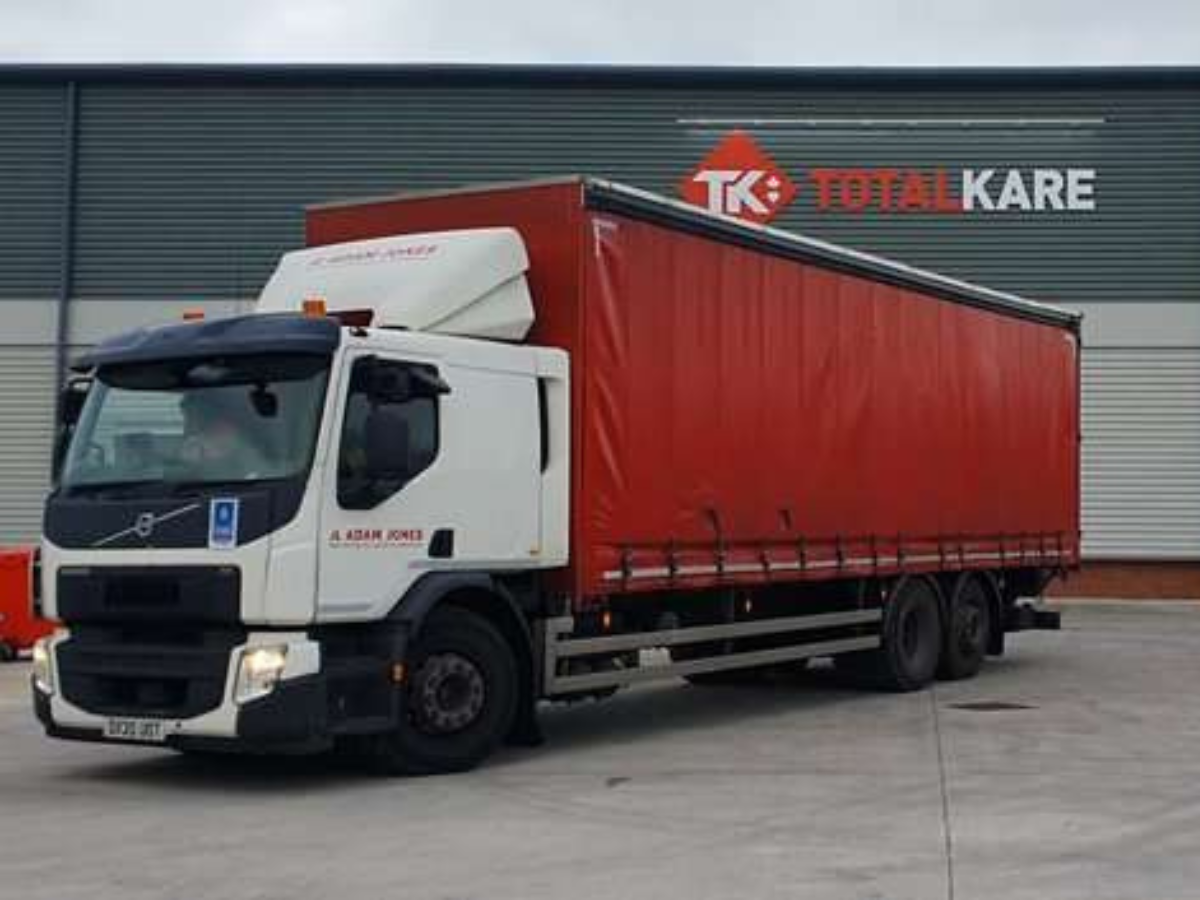Vehicle lifts are a serious business — especially in a commercial workshop, where heavy-duty lifting is an everyday job.
And with any serious business, there are serious rules in place.

So if you’re starting a workshop and you’re looking to lift vehicles, you need to know your legal obligations — the government regulations that can help you stay safe, stay compliant, and avoid legal trouble.
Here are the basics you need to be aware of:
1. Choosing the Right Vehicle Lift
This is a big one — and it’s one of the main reasons why you should always get the advice of a reputable supplier before you invest in a new piece of kit.
PUWER regulations state that any equipment you provide should be:
- Suitable for the intended use
- And safe for use
On top of that, LOLER regulations require that your vehicle lifts must be of adequate strength and stability.
So what does that mean for your workshop?
It means you should always choose a vehicle lift that matches the vehicles you’re lifting — in terms of its weight capacity, its platform length, and the types of wheels it’s made to fit.
(It also means you should choose a trusted supplier that sells the safest and highest-quality lifts around — and we’re proud to say that we fit the bill.)
2. Installing Your New Lift
The best lifts are only as safe as their installations — and the government’s regulations are designed to reflect that.
LOLER regulations state that any lifting equipment must be installed by a competent person, and positioned or installed in a way that minimises the risk of:
- The equipment or load striking a person
- The load drifting or falling freely
- Or the load being unintentionally released
Beyond that, PUWER regulations also require that your lifts must be inspected after installation — and especially before they’re used for the first time.
In practice, this equates to good common sense:
Any installation of a vehicle lift should always be carried out by trained and experience engineers — like our own installation teams here at Totalkare.
3. Marking Your Lifts
Even the best-trained staff need clear reminders and warnings when they’re using heavy-duty equipment. And that’s especially true when it comes to lifting vehicles.
LOLER regulations state that any vehicle lift needs to be clearly marked to indicate:
- The Safe Working Load (SFW) — the maximum weight for that particular lift
- And that the vehicle lift should not be used to lift people
If there are any accessories that are used with the lift, these accessories also need to be clearly marked with the information that’s relevant to safety — such as the weight of the accessories themselves.
As well as the LOLER regulations, the PUWER regulations also state that any piece of equipment needs to come with suitable markings and warnings to help workers use it safely. That could mean instructions for use, or it could mean warnings about dangerous positions or unsafe places to stand.
While many bits of equipment will already come with the right warnings and instructions, some might not — so you should always conduct a proper risk assessment and get the advice of a safety professional.
4. Examining Your Vehicle Lifts
Even after a successful and safe installation, the conditions of your lift can change over time. And that means you may need to have your lift examined to ensure it’s still safe to use.
That usually means you’ll need an examination:
- Before the lift is used for the first time
- If you’re reinstalling or assembling the lift at another site
- If your lift has been in conditions that can cause deterioration
In some cases, you might not need an examination if you’re using the lift for the first time. Specifically, you might be exempt if a valid Declaration of Conformity has been made in the last 12 months.
But for every other situation, you’ll need a thorough examination conducted by a competent person — with a Report of Thorough Examination to go with it.
If any defects are found, you’ll need to report these to both the person using the lift, and the relevant enforcing authority.
5. Planning and Safe Use
With the right markings, installation, and examinations in place, you might think you’re ready to start lifting.
But you’re not quite there yet.
For every lifting operation your workshop carries out, you’ll need to have it:
- Properly planned by a competent person
- Appropriately supervised
- And carried out in a safe manner
If that sounds a bit vague, that’s probably because it is. But this is just an overview to guide the real work involved — the identification and assessment of risk that’s needed to meet the LOLER regulations.
So how involved does this risk assessment have to be? It all depends on the lifting itself.
The HSE requires that the level of resources and the complexity of planning needs to reflect the complexity and difficulty of the lifting operation.
For most vehicle workshops — where the weights are heavy and the consequences are serious — this usually involves a considerable level of planning and risk assessment.
6. Keeping the Right Paperwork
Following the regulations isn’t just about action. It’s also about keeping the right records — and being able to prove a reliable history of sticking to the rules and ensuring a safe workplace.
In practice, that means you need to:
- Keep the maintenance logs of your lifts up to date
- Keep a record of your risk assessments
- And keep your Records of Thorough Examination for at least two years, or until the next report (whichever is longer)
Looking to Get Started with Vehicle Lifts?
Check out our latest guide to choosing the right workshop equipment — or talk to a vehicle lift expert to find out what you need.
This article was originally published by Totalkare Ltd.

